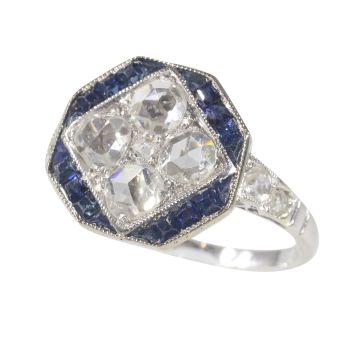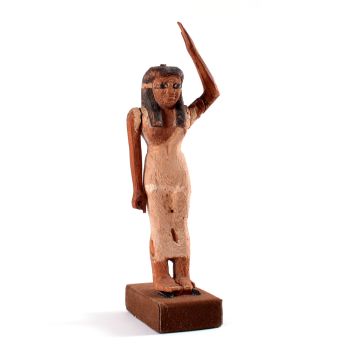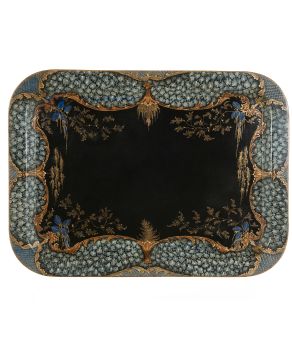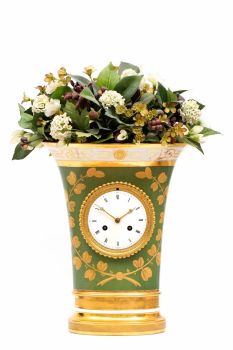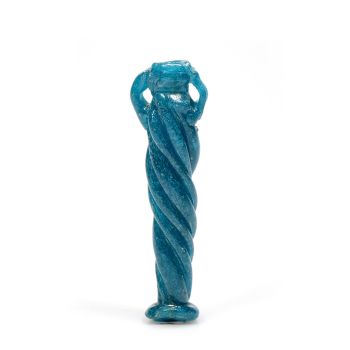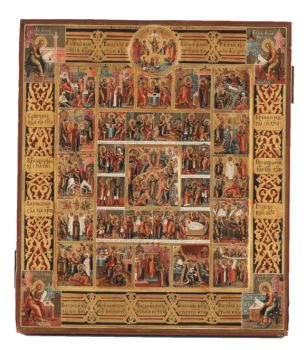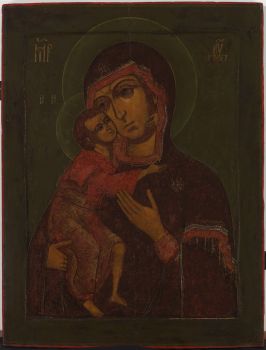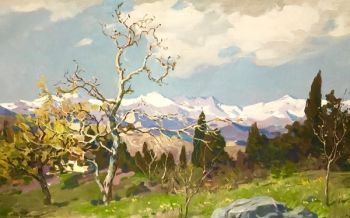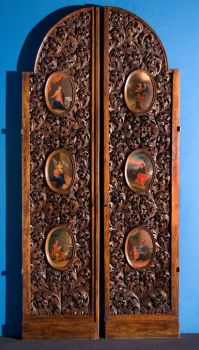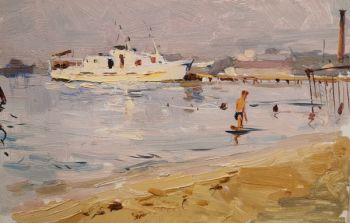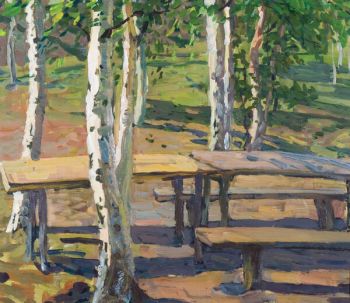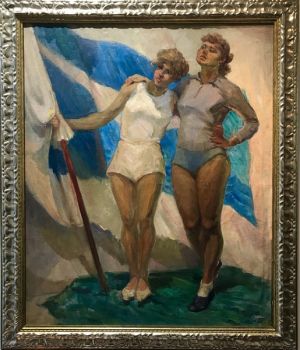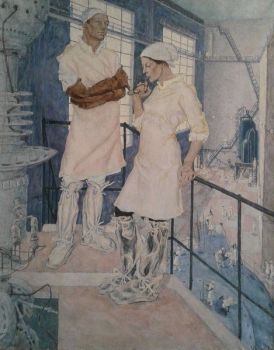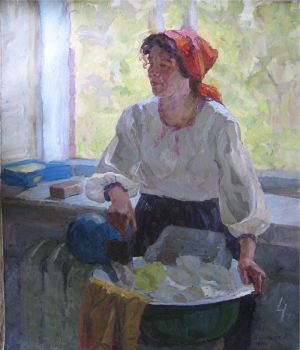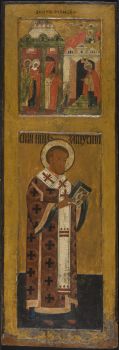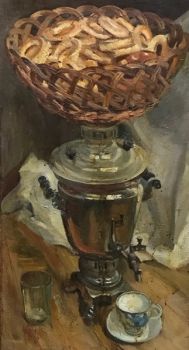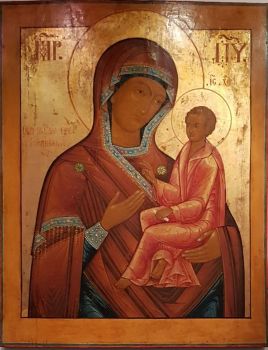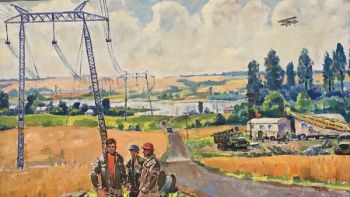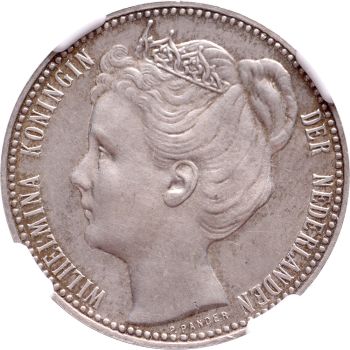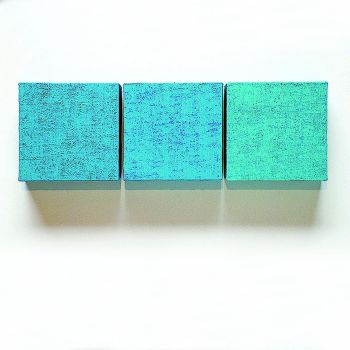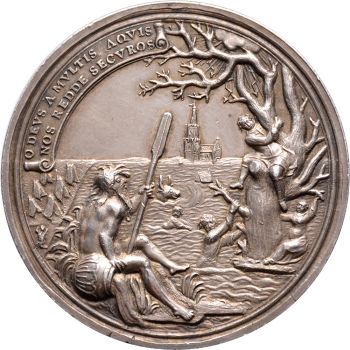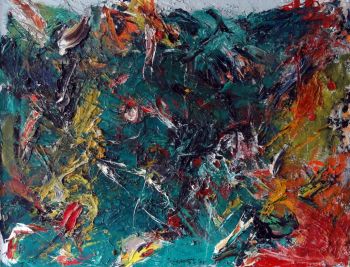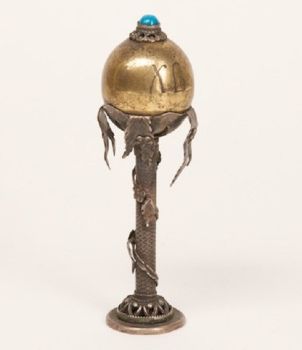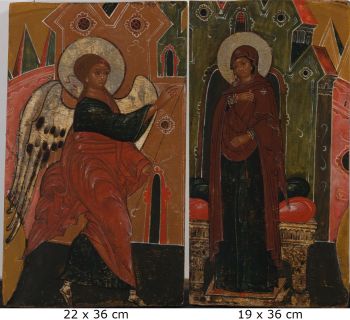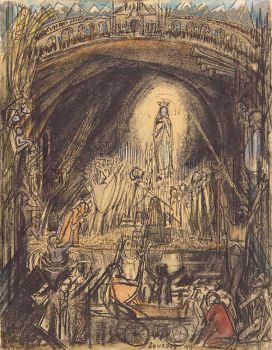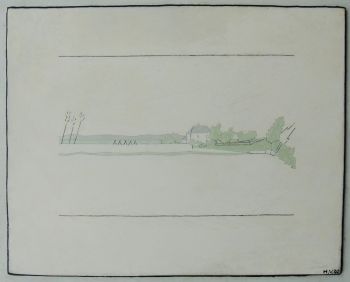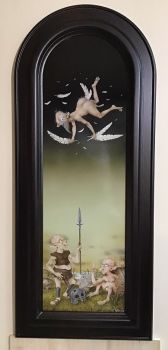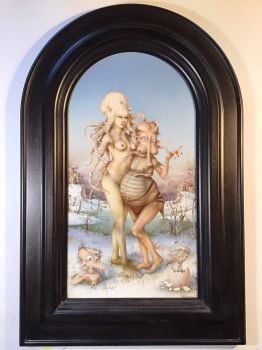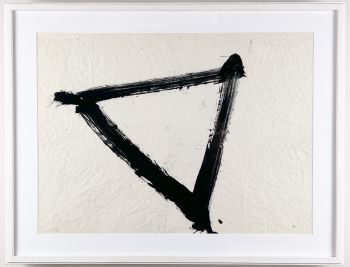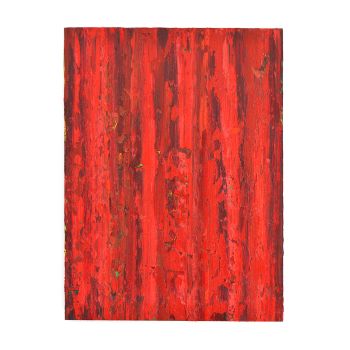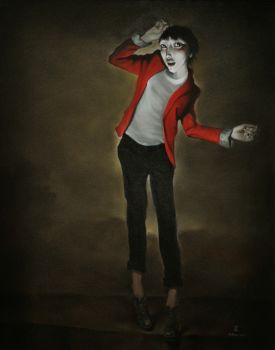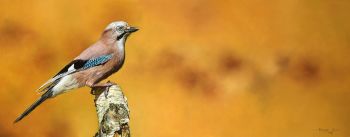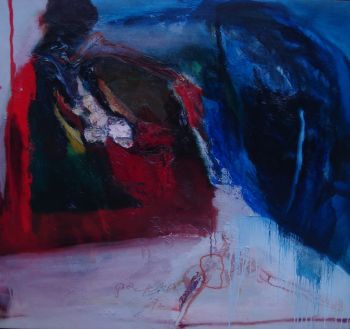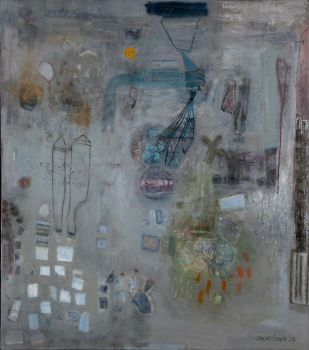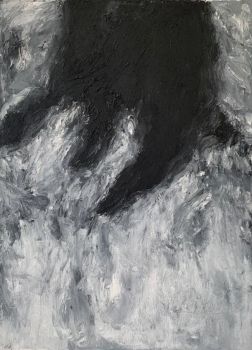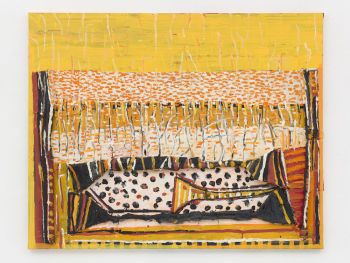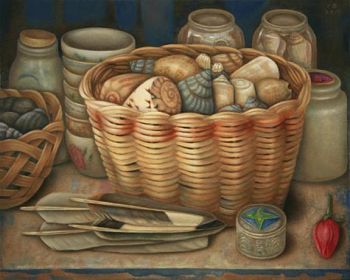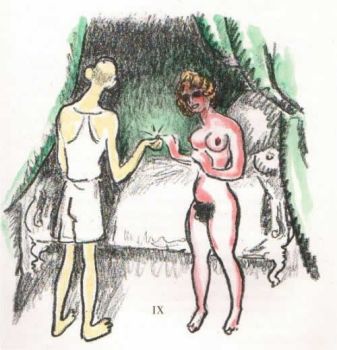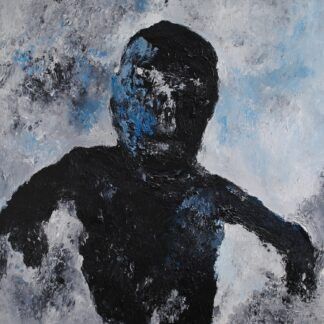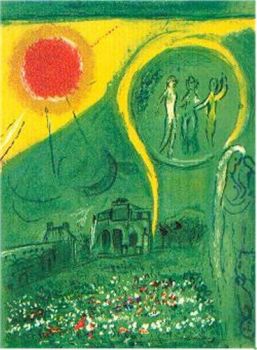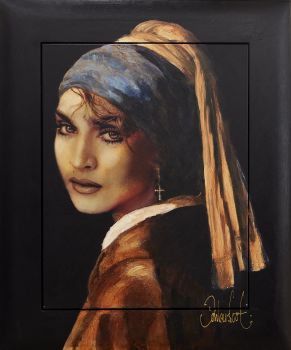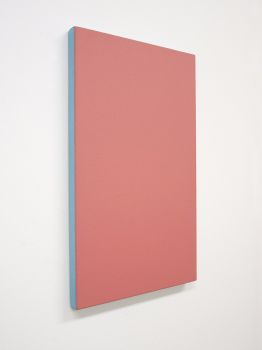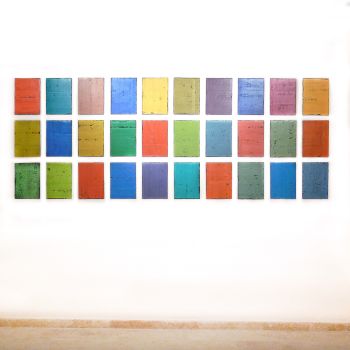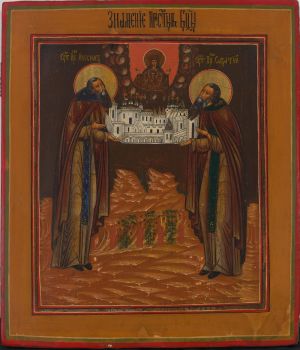Icono de Rusia Central: Pokrov de la Madre de Dios 18th century
Artista Desconocido
MaderaTemple al huevoPintura
32 ⨯ 27 cm
ConditionExcellent
€ 3.500
Kunsthandel H.W.C. Dullaert Icons
- Sobre la obra de arte9332 Central Russian Icon – Pokrov of the Mother of God. This Central Russian icon combines two different events separated in time by a period of four hundred years but celebrated on the same day in the church calendar. According to tradition the vision of the Mother of God was granted only to St. Anthony the Holy Fool (died 956) who is seen gesturing below right. Mary is accompanied by archangels, the twelve apostles, bishops, holy women, monks and martyrs, spreading her veil in protection over the congregation. Below, center, are St. Romanos the Melodist and his choir attended by the Emperor Leo the Wise together with the Empress and the Patriarch of Constantinople. These figures are historical, dating to the 6th century. The icon combines these two events of the 6th and the 10th century both of which took place in the no longer existing Church of Blachernae in Constantinople. The cult and its corresponding image are only found in Russia from the 14th century. The Feast of the Pokrov is celebrated on 14th October (1st Oct. ‘old style’), the day traditionally regarded by Russians as the first day of winter. This Early 18th Century icon is painted in a fine hand most likely in an Old Believers workshop. Egg tempera on levkas on a wooden panel. 32 X 27 cm.
- Sobre el artista
Puede suceder que un artista o creador sea desconocido.
Algunas obras no deben determinarse por quién está hecho o por (un grupo de) artesanos. Algunos ejemplos son estatuas de la Antigüedad, muebles, espejos o firmas que no son claras o legibles, pero también algunas obras no están firmadas en absoluto.
También puedes encontrar la siguiente descripción:
•"Atribuido a …." En su opinión, probablemente una obra del artista, al menos en parte.
•“Estudio de….” o “Taller de” En su opinión, una obra ejecutada en el estudio o taller del artista, posiblemente bajo su supervisión
•“Círculo de…” En su opinión, una obra del período del artista que muestra su influencia, estrechamente asociado con el artista pero no necesariamente su alumno.
•"Estilo de …." o “Seguidor de…”. En su opinión, una obra ejecutada al estilo del artista pero no necesariamente por un alumno; puede ser contemporáneo o casi contemporáneo
•"Manera de …." En su opinión una obra al estilo del artista pero de fecha posterior
•"Después …." En su opinión, una copia (de cualquier fecha) de una obra del artista
•“Firmado…”, “Fechado…” o “Inscrito” En su opinión, la obra ha sido firmada/fechada/inscrita por el artista. La adición de un signo de interrogación indica un elemento de duda.
•“Con firma…”, “Con fecha…”, “Con inscripción…” o “Lleva firma/fecha/inscripción” en su opinión la firma/fecha/inscripción ha sido añadida por alguien que no es el artista
¿Está interesado en comprar esta obra de arte?
Artwork details
Related artworks
- 1 - 4 / 12
Artista Desconocido
UITGEBREIDE FEESTDAGENIKOON MET PASSIECYCLUS19th century
Precio a consultarHeutink Ikonen
 curada por
curada porGallerease Magazine
1 - 4 / 24Artista Desconocido
UITGEBREIDE FEESTDAGENIKOON MET PASSIECYCLUS19th century
Precio a consultarHeutink Ikonen
Artista Desconocido
Icono ruso que representa una Deesis extendida1600 - 1650
Precio a consultarKunsthandel H.W.C. Dullaert Icons
Artista Desconocido
Icono de madera monumental: San Nicolás de Mozaisk1600 - 1650
Precio a consultarKunsthandel H.W.C. Dullaert Icons
Artista Desconocido
Icono de madera ruso antiguo: Arcángel Gabrielearly 17th
Precio a consultarKunsthandel H.W.C. Dullaert Icons
Rene Rietmeyer
"USA South Florida January 2006"2006
Precio a consultarEuropean Cultural Centre Collection
1 - 4 / 24Artista Desconocido
Icono de madera ruso antiguo: Arcángel Gabrielearly 17th
Precio a consultarKunsthandel H.W.C. Dullaert Icons
Artista Desconocido
Icono ruso que representa una Deesis extendida1600 - 1650
Precio a consultarKunsthandel H.W.C. Dullaert Icons
Artista Desconocido
Huevo de Pascua de Presentación Ruso de Plata1880 - 1899
Precio a consultarH.W.C. Dullaert Art & Antiques Dealer
Artista Desconocido
Icono de madera monumental: San Nicolás de Mozaisk1600 - 1650
Precio a consultarKunsthandel H.W.C. Dullaert Icons
1 - 4 / 24Artista Desconocido
UN MODELO JAPONÉS DE UN NORIMONO, UN PALANQUÍN1650 - 1700
Precio a consultarZebregs & Röell - Fine Art - Antiques
1 - 4 / 24Artista Desconocido
Icono ruso que representa una Deesis extendida1600 - 1650
Precio a consultarKunsthandel H.W.C. Dullaert Icons
1 - 4 / 12


